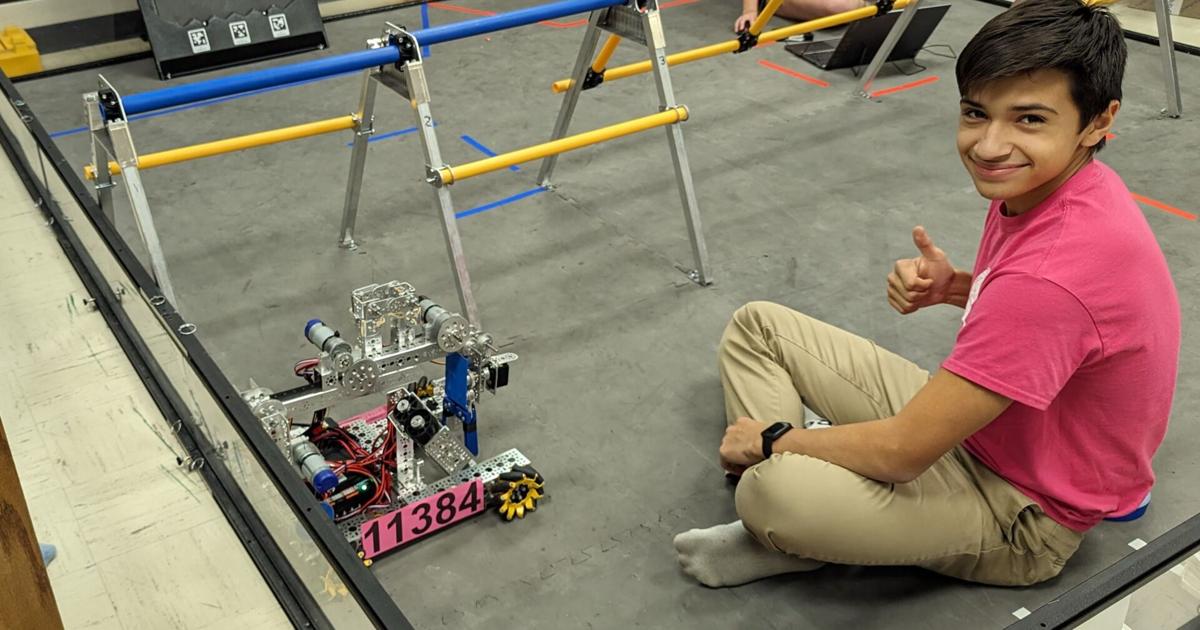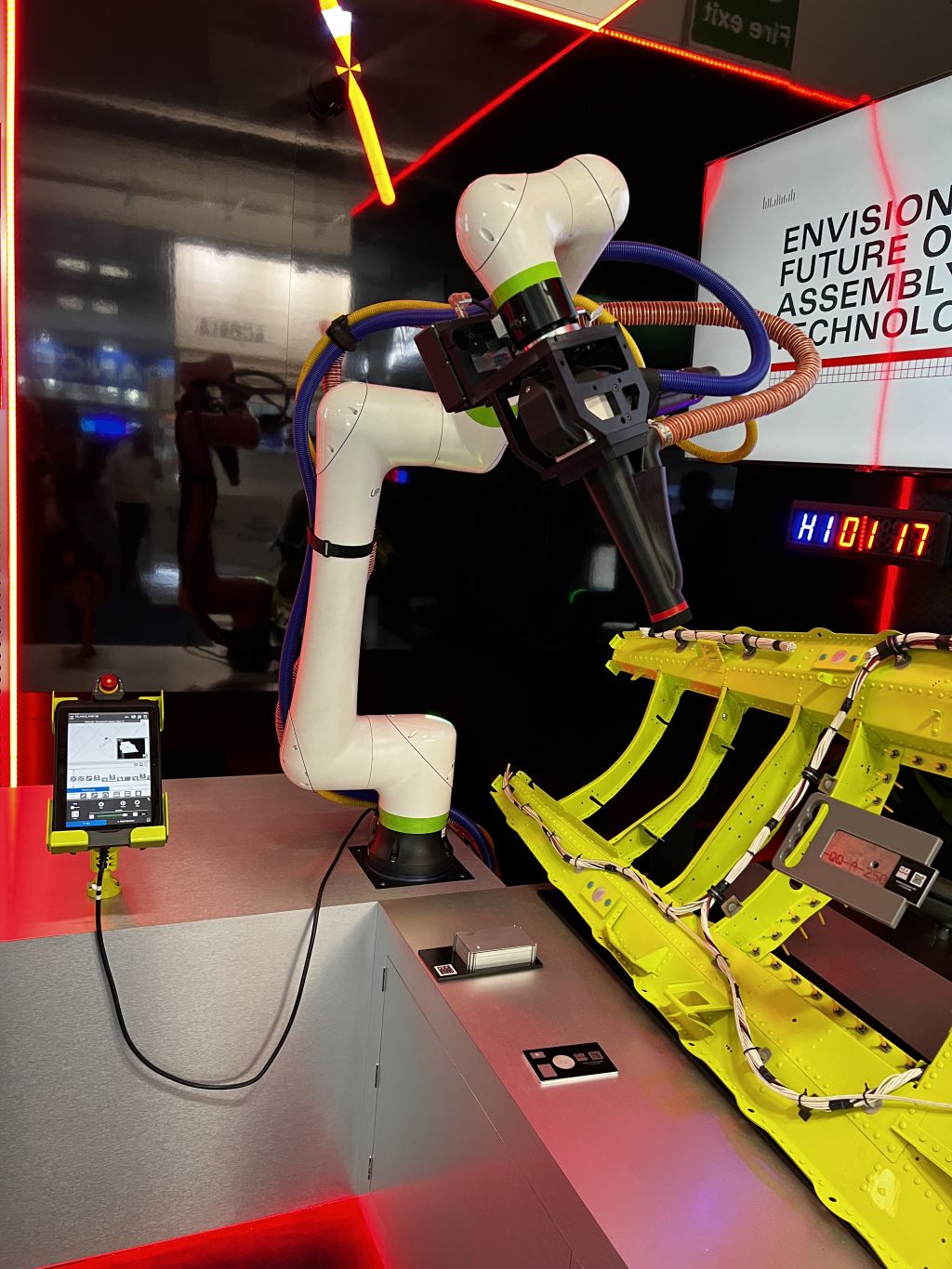Starpath Robotics has emerged from stealth with an ambitious plan to design, launch and operate machines to mine and refine water for rocket propellant using resources on the moon and Mars.
In-situ resource utilization of water for the purposes of making rocket propellant is not a new idea. Rocket propellant is a mix of liquid oxygen (LOX) and some other combustible fuel, like hydrogen, kerosene or methane. Given that there is plenty of water on the surface of the moon and Mars, people have long speculated that these resources could be put toward making propellant in space — and building a self-sustaining human colony off-world.
Starpath’s initial plans look something like this: A fleet of around 50 mining machines will drive around the surface of the moon and dig up massive quantities of dirt; they will bring that dirt to a processing plant or refinery that purifies the dirt into water and then splits those water molecules into their constituent atoms.
Of course, the most water-rich sites on the moon are those that are the most inhospitable: places like the lunar South Pole, where icy craters are in permanent darkness and temperatures can plunge as low as -334 degrees Fahrenheit. Developing rovers and other vehicles that can survive this environment has been a formidable challenge — but Starpath is working on this problem, too. The company is developing a super large unfolding solar array that would be installed with the processing plants on the South Pole’s peaks — which are, conveniently, in near-permanent sunlight. The idea is that the mining machines would scurry back and forth from the water-rich craters to the refinery, where they’d dump the material and recharge with the supermassive solar array.
The refinery would pump the liquid oxygen directly into huge Teflon bags buried underground, where it would remain until it needed to be processed into propellant. Companies, like SpaceX, would still need to store the other component of the propellant (the methane, in the case of Starship), a plan that Starpath CEO Saurav Shroff jokingly called “bring your own methane.” But given that the majority of the propellant is LOX, the cost improvements would still be tremendous.
Shroff sketched out a future where even methane could be generated on Mars, from the planet’s carbon-rich atmosphere.
“In that scenario, you actually don’t have to bring anything,” Saurav said. “You can land on Mars with an empty tank and a boatload of cargo, get a full fuel tank and fly all the way back to Earth.
The company’s plans have caught the attention of investors Hummingbird Ventures and Valhalla Ventures, which were the two largest contributors to Starpath’s $2.5 million pre-seed funding round.
Starpath is targeting three main types of customers. The first is smaller companies that are targeting water as a resource, like Argo Space Corp., which is building a spacecraft that consumes water for fuel, or companies that want to provide in-orbit refueling. The second is rendezvous-landers, like Blue Origin’s Blue Moon, which will be capable of landing and taking off from the moon and docking with a spacecraft in-orbit. The third are Starship-class vehicles (of which there is only, well, Starship).
But selling to customers across the mass spectrum is one way the company hopes to pull in massive profits.
“If you size your system to produce an amount of propellant that’s capable of being consumed by a Starship, which is ultra-massive, consuming hundreds of thousands of kilos, your unit cost drops so low that when you start talking about selling to customers who are only consuming let’s say 100 kilos, and are still willing to pay seven, eight figures for that, then your cost per kilo becomes so much higher than your cost of kilo-production,” Shroff explained.
The company is admittedly hinging its plans on a commercial lunar Starship coming online before 2028. But the two reasons they are dependent on Starship are fairly obvious: First, they need Starship’s payload capacity to deliver all the machinery to the moon. As for the second reason, “Starship and Starship’s customers are our customers,” Shroff said.
Starpath was founded by Shroff, Mihir Gondhalekar and Jason Zang in mid-2022. The trio of founders are relatively green: Saurav spent just four months at SpaceX as an avionics engineer after finishing his bachelors degree in engineering from UC Berkeley, while Gondhalekar worked as an associate structures engineer at SpaceX for three months. Shroff said he felt the idea behind Starpath was more than possible and that they needed to start now.
Starpath founders Mihir Gondhalekar, Saurav Shroff and Jason Zang. Starpath Robotics
“I just looked at the numbers and I was like, I can do this,” he said. “We know how to make things that move. We know how to make them operate at low temperature. We know how to build electronics. We know how to integrate these types of things. […] We felt like we could do it and we felt like we would have to start at the time we would be ready to go as soon as Starship was ready to fly us to the moon.”
Over the next 24 months, the startup is looking to demonstrate functionality of its full system in a terrestrial environment before space qualifying all subsystems. The aim is to have the mining and refinery system ready for a launch to the moon’s south pole on a Starship in 2026, though the company does not have a launch yet booked.
Shroff estimated that Starpath will require around $50 million over the next few years, to get from clean sheet to operating on the surface of the moon. Right now, the company is four full-time employees and a handful of technical engineering interns and contractors. They’re looking to grow to 10 as quickly as possible, and the company is actively hiring engineers in mechanics, structures, electrics and software.











